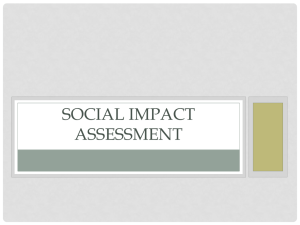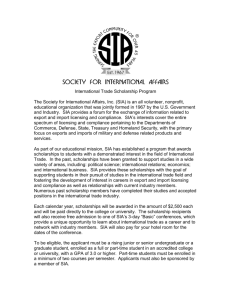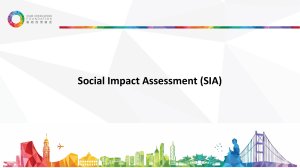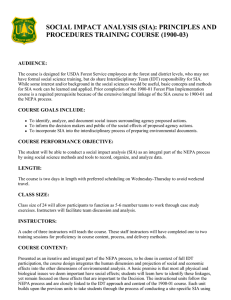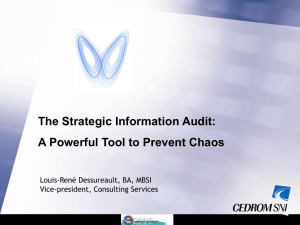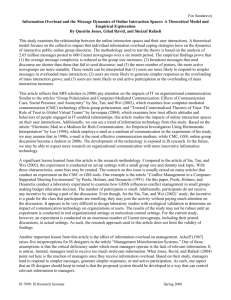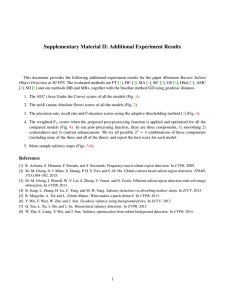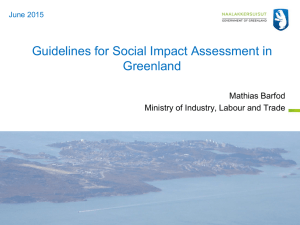FLMS ELA PPT
advertisement
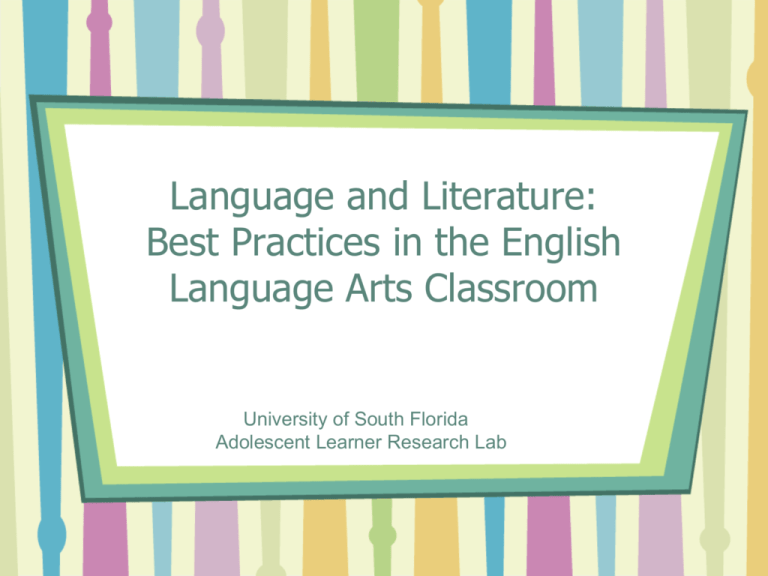
Language and Literature: Best Practices in the English Language Arts Classroom University of South Florida Adolescent Learner Research Lab Socratic Seminar Erin Parke EHART@MAIL.USF.EDU Introduction • Students read content ahead of time – Either for homework or in a previous class – Have annotated and developed questions for discussion • Discussion questions can be text based, openended, etc. – Preferably a combination • Students are arranged in a large circle – Either whole class or partial, teacher choice. During the seminar • Students are in charge! • The teacher pops in only as needed • Students on the outer circle are in charge of keeping the inner circle in check • Students become experts after several sessions… expect the first ones to be messy! Using Special Interest Areas to Support Students with HighFunctioning ASD Laura D. Sabella lsabella@mail.usf.edu Rationale for Using Special Interest Areas • Language Deficits – – – – Spoken language competence and social skills Reading comprehension Writing proficiency Motivation and engagement • Strengths with Special Interest Areas – Increased spoken language competence, social skills and topic maintenance – Increased reading comprehension and vocabulary – Increased interest in writing – Increased motivation and engagement Using Special Interest Language in the ELA Classroom • For reading – Allow access to material on Special Interest Area – Motivation to read and answer comprehension questions is high – Relate other material to the SIA through comparison and contrast – Use a human being related to the SIA to link to character or author (affective) questions Using Special Interest Language in the ELA Classroom • For writing – Allow “knowledge telling” writing first – Give explicit writing instruction that calls attention to the reader’s needs (impaired Theory of Mind) – Allow comparison and contrast with SIA – Encourage the use of a SIA human to teach aesthetic stance – Use SIA to reward and motivate Using Special Interest Language in the ELA Classroom • For listening, speaking and social skills – Use of SIA allows for instruction on appropriate listening body language – Use SIA to instruct for prosody, eye contact, and topic maintenance – Note increase in vocabulary – Discuss topic maintenance and listening to others – Use interest to encourage social acceptance through clubs or discussion Using Special Interest Language in the ELA Classroom • For motivation – Increase reading and writing opportunities that center around the SIA • The same skills can be taught with the SIA that can be taught with other reading material • Link less preferred reading and writing material to the SIA • Use the Premack Principle – reward participation in less desired activities with time to read or discuss the SIA What is my student’s SIA? • Ask the student • Ask caregivers • Encourage the student and caregivers to bring in some prized reading material to keep in the classroom • Find other materials and keep them in your classroom readily available • Allow student to research the SIA to bring in more materials Literature Circles Ruchelle L. Owens rowens@mail.usf.edu Literature Circles (LC) Intro • • • • • Peer-led discussion in small groups Designed to facilitate responsibility Flexible in design H. Daniels 1996 ELA strands support lit-based collaboration – NCTE – IRA 11 Official Points to LC’s (Daniel, 2001, p. 18) • • • • • • • • • • • Students choose text Small groups Different groups read different texts Regular schedule Notes guide discussion Discussion topics come from students Natural conversations Teacher facilitator Evaluation from teacher observation and student self-eval Fun playfulness Share with class In My Class: Discussion Director • Writes 3 questions to be used for discussion • Promotes high level thinking In My Class: Literary Luminary • Highlights passage that stood out • Promotes analyzing and debate In My Class: Vocabulary Enricher • Finds new vocabulary word • Challenges students to use context clues In My Class: Illustrator • Draws salient scene • Group engages in fun admiration What It Looks Like (in 7 seconds) Poetry Jennifer Denmon jdenmon@mail.usf.edu Poetry • Poetry unit – Choice – Contemporary and classic • Write and share poetry • Po-e-tees Digital Writing Bridget Mahoney Digital Writing in Middle School Classrooms • Digital writing is… – “when we use the term “digital writing,” we refer to a changed writing environment- that is, to writing produced on the computer and distributed via networks.” (Grabill and Hicks, 2005, p. 304) – A change agent in writing instruction • Opportunities for collaboration • Potentially global audience • Multi-model compositions Digital Writing Tasks • Digital writing is not… – Typing a final draft on a computer – Submitting a final draft via an online submission system to the teacher • Things to consider… – Is the technology appropriate for the assignment? – How does using the technology enhance the assignment? – What supports are available when using this technology for students? For the teacher? – How will you ensure student safety? Digital Writing Resources • National Writing Project’s Digital Is – http://digitalis.nwp.org/ • School Collaboration – http://www.wikispaces.com/ • Global Classroom Collaboration – http://www.epals.com/ – http://www.flatclassroomproject.net/index.html Book Talks Michael DiCicco Bi-weekly Book Talk Groups • Bi-weekly students in their literature circles would talk about the individual books they were reading • Students: – Were more likely to keep up with reading logs – Became interested in each other’s books (especially books in genres they haven’t considered before) – Were exposed to many books over the course of a semester – Practiced summarizing

